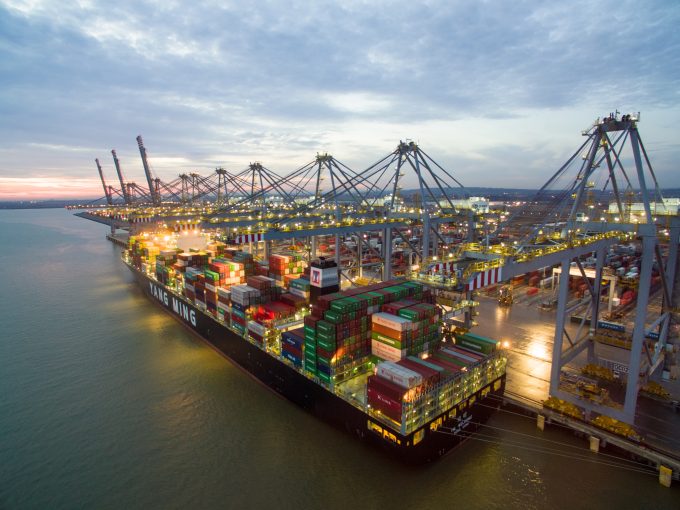Good first quarter for Hapag Lloyd and ONE, 'but it's all downhill from here'
The year got off to a good start for liners Hapag-Lloyd and Ocean Network Express ...

As container spot rates continue to wane and close in on contract rates two more ocean carriers have reported record first quarter earnings.
Taiwanese carrier Yang Ming posted a net profit for Q1 of $2.2bn, achieved from a 71% increase in revenue, compared to the first ...
Four crew members still missing as Wan Hai 503 continues to burn
Explosions and 'out-of-control' fire reported on Wan Hai box ship
Predatory rivals circle as the ripples from DSV's Schenker buy widen
MSC Elsa crew face criminal probe, as Wan Hai 503 firefighters battle on
'It's driving us mad', say forwarders as US court fails to end tariff turmoil
Transpacific rates ease as capacity boost proves too much for trades to digest
European port congestion easing – for now
CMA CGM 'testing the water' of the Suez Canal for more services
Flexport: Sanne Manders talks profitability, fire-sales and Dave Clark
More legal trouble in India for MSC: feeder vessel detained after box ship disasters
DSV insiders hit back at Kuehne & DHL GF – got a 'pro integration' going
Latest Israeli attack on Iran a threat to box ships in Straits of Hormuz

Comment on this article